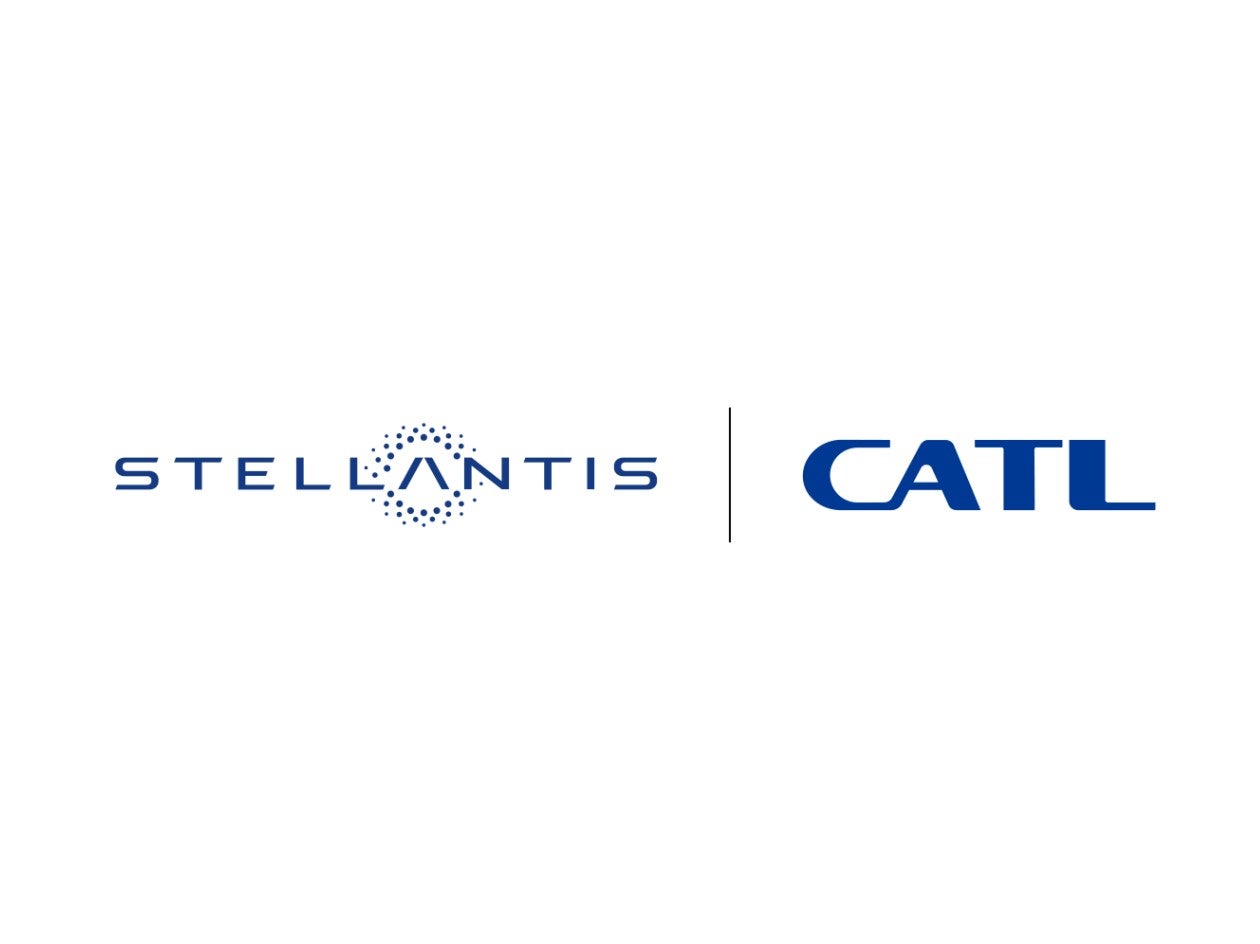
Stellantis and Chinese battery specialist CATL have signed a non-binding Memorandum of Understanding (MoU) for the local supply of LFP battery cells and modules to power Stellantis’ electric vehicle production in Europe.
The two companies are also considering the possibility to form a joint venture with equivalent contributions.

Discover B2B Marketing That Performs
Combine business intelligence and editorial excellence to reach engaged professionals across 36 leading media platforms.
The MoU outlines a long-term collaboration between CATL and Stellantis on two strategic fronts:
- building a technology roadmap to support Stellantis’ battery electric vehicles
- identifying opportunities to further strengthen the battery value chain
“This MoU with CATL on LFP battery chemistry is another ingredient in our long-term strategy to protect freedom of mobility for the European middle class,” said Stellantis CEO Carlos Tavares. “CATL is the industry leader in this sector and together with our iconic vehicle brands, we will bring innovative and accessible battery technology to our customers while helping us achieve our carbon net zero ambition by 2038.”
“We are very pleased to elevate our cooperation with Stellantis to a new level. With Stellantis’ time-honored expertise in car manufacturing and CATL’s advanced battery technology, we believe the partnership will be a decisive step on both parties’ journey towards carbon neutrality goals,” said Robin Zeng, Chairman and General Manager of CATL. “We will remain dedicated to delivering more competitive and sustainable solutions for our partners to promote global energy transition.”
Featuring a long service life and high thermal stability, Stellantis said that LFP technology can enable Stellantis to offer ‘high-quality, durable, and affordable electric vehicles in passenger cars, crossovers and SUVs in the B and C segments’.
As part of its ‘Dare Forward 2030’ strategic plan, Stellantis has announced plans of reaching a 100% passenger car battery electric vehicle (BEV) sales mix in Europe and a 50% passenger car and light-duty truck BEV sales mix in the United States by 2030.
Stellantis says it is on track to become a carbon net zero corporation by 2038.
Stellantis also maintains it is assembling a ‘roster of partnerships to ensure a stable, low-carbon supply of key materials for its electrified future’.






